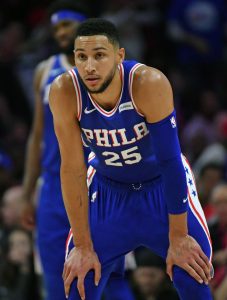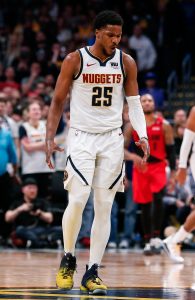Hoops Rumors is breaking down the 2019 offseason for all 30 NBA teams, revisiting the summer’s free agent signings, trades, draft picks, departures, and more. We’ll evaluate each team’s moves from the last several months and look ahead to what the 2019/20 season holds for all 30 franchises. Today, we’re focusing on the Utah Jazz.
Signings:
- Standard contracts:
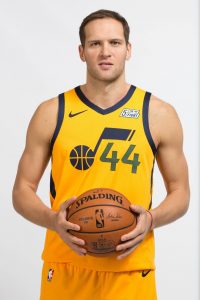
- Bojan Bogdanovic: Four years, $73.1MM. Signed using cap room.
- Ed Davis: Two years, $9.77MM. Signed using room exception.
- Jeff Green: One year, minimum salary. Signed using minimum salary exception.
- Emmanuel Mudiay: One year, minimum salary. Signed using minimum salary exception.
- Stanton Kidd: Three years, minimum salary. First year partially guaranteed ($250K). Second and third years non-guaranteed. Signed using cap room.
- William Howard: Three years, minimum salary. First year partially guaranteed ($50K). Second and third years non-guaranteed. Signed using cap room. (Waived)
- Two-way contracts:
- Non-guaranteed camp contracts:
- Trevon Bluiett: One year, minimum salary (Waived).
- Kyle Collinsworth: One year, minimum salary (Waived).
- Isaac Haas: One year, minimum salary (Waived).
- Anthony Lawrence: One year, minimum salary (Waived).
- Juwan Morgan: One year, minimum salary (Waived).
- Mike Scott: One year, minimum salary (Waived).
Trades:
- Acquired the draft rights to Jarrell Brantley (No. 50 pick) from the Pacers in exchange for the Jazz’s 2021 second-round pick and cash ($1MM).
- Acquired the draft rights to Miye Oni (No. 58 pick) from the Warriors in exchange for cash ($2MM).
- Acquired Mike Conley from the Grizzlies in exchange for Jae Crowder, Kyle Korver, Grayson Allen, the draft rights to Darius Bazley (No. 23 pick), and the Jazz’s 2020 first-round pick (1-7 and 15-30 protected).
- Acquired the Warriors’ 2021 second-round pick and the Warriors’ 2023 second-round pick from the Pelicans in exchange for Derrick Favors.
Draft picks:
- 2-50: Jarrell Brantley — Signed to two-way contract.
- 2-53: Justin Wright-Foreman — Signed to two-way contract.
- 2-58: Miye Oni — Signed to three-year, minimum-salary contract. Second and third years non-guaranteed. Signed using cap room.
Draft-and-stash signings:
- Nigel Williams-Goss (2017 draft; No. 55 pick) — Signed to three-year, $4.8MM contract. Second and third years non-guaranteed. Signed using cap room.
Contract extensions:
- Joe Ingles: One year, $12,436,364. Includes $1.2MM in incentives. Starts in 2021/22.
Departing players:
- Grayson Allen
- Tyler Cavanaugh (two-way)
- Jae Crowder
- Derrick Favors
- Kyle Korver
- Naz Mitrou-Long (two-way)
- Raul Neto (waived)
- Ricky Rubio
- Thabo Sefolosha
- Ekpe Udoh
Other offseason news:
- Promoted Dennis Lindsey to VP of basketball operations; promoted Justin Zanik to general manager.
- Agreed to long-term extension with head coach Quin Snyder.
- Named Jim Olson as team president.
- Lost assistant coaches Fotis Katsikaris, Antonio Lang; named Bryan Bailey assistant coach.
- Exercised 2020/21 rookie scale team options on Donovan Mitchell, Tony Bradley.
- Will host 2023 NBA All-Star Game.
Salary cap situation:
- Used cap space; now over the cap.
- Carrying approximately $116.29MM in salary.
- No cap exceptions available.
Story of the summer:
For a third straight season, a top-five defense helped buoy the Jazz and their middle-of-the-pack offense to one of the best records in the Western Conference. However, Utah’s 15th-ranked offense looked even more pedestrian in the postseason than it did in the regular season, as the team fell to Houston in five games in the first round.
Of the 16 teams that made the playoffs last spring, only three – the Pistons, Magic, and Pacers – had postseason offensive ratings worse than Utah’s. With Donovan Mitchell struggling to score efficiently, the Jazz had few other play-makers to turn to as they tried to keep pace with James Harden and the Rockets.
It was a pressing issue that needed to be addressed for the franchise this offseason, and the Jazz did just that, pulling off a trade for point guard Mike Conley and signing sharpshooting forward Bojan Bogdanovic in free agency.
Neither Conley nor Bogdanovic has ever made an All-Star team, and neither is the type of volume scorer who will pour in 40 points on a given night (though each player has reached that mark once in his career). But they’re reliable veterans who can be counted on to make Utah’s offense a little more versatile, taking some of the shot-creating pressure off Mitchell and giving the team a couple more players who can share ball-handling duties.
As long as two-time Defensive Player of the Year Rudy Gobert is patrolling the paint and protecting the rim, the Jazz can reasonably expect to be above average on that end of the court. The club’s offensive limitations have stood in the way of a deep playoff run in recent years, but with a pair of intriguing new weapons at their disposal, the Jazz are hoping that will change in 2019/20.
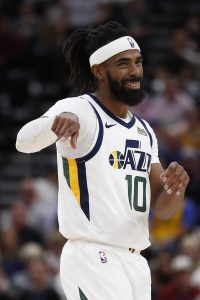
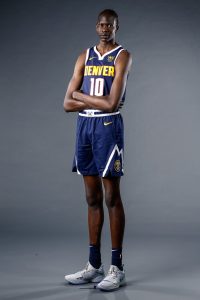
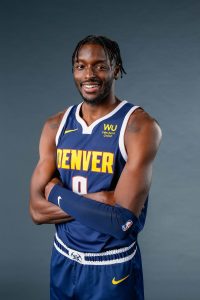
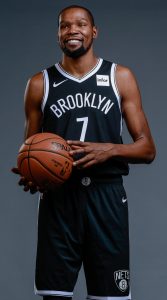
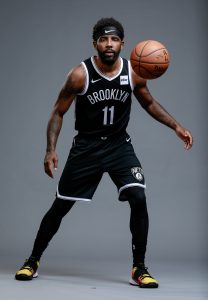 That leaves Irving as Brooklyn’s top offseason signing, and he’s certainly worthy of that title. Things went south in Boston for Irving last season due to chemistry issues, but his first year with the Celtics was a success and he’ll likely be on his best behavior in Brooklyn to shake the problematic reputation he earned last year.
That leaves Irving as Brooklyn’s top offseason signing, and he’s certainly worthy of that title. Things went south in Boston for Irving last season due to chemistry issues, but his first year with the Celtics was a success and he’ll likely be on his best behavior in Brooklyn to shake the problematic reputation he earned last year.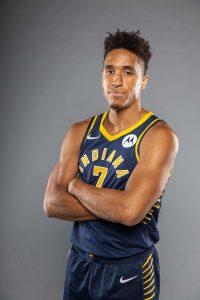 Standard contracts:
Standard contracts:
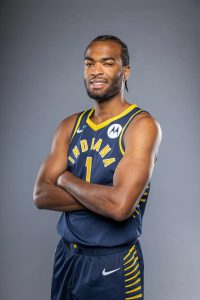 The Pacers’ trade for
The Pacers’ trade for 